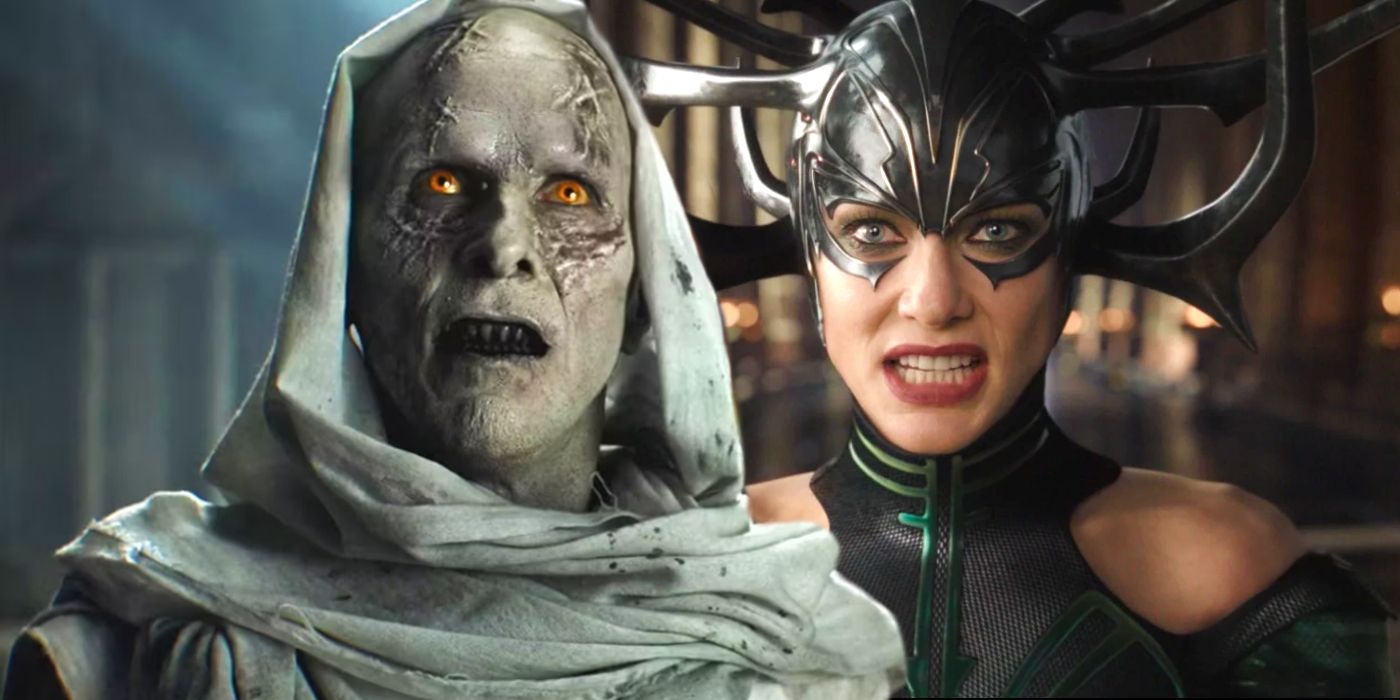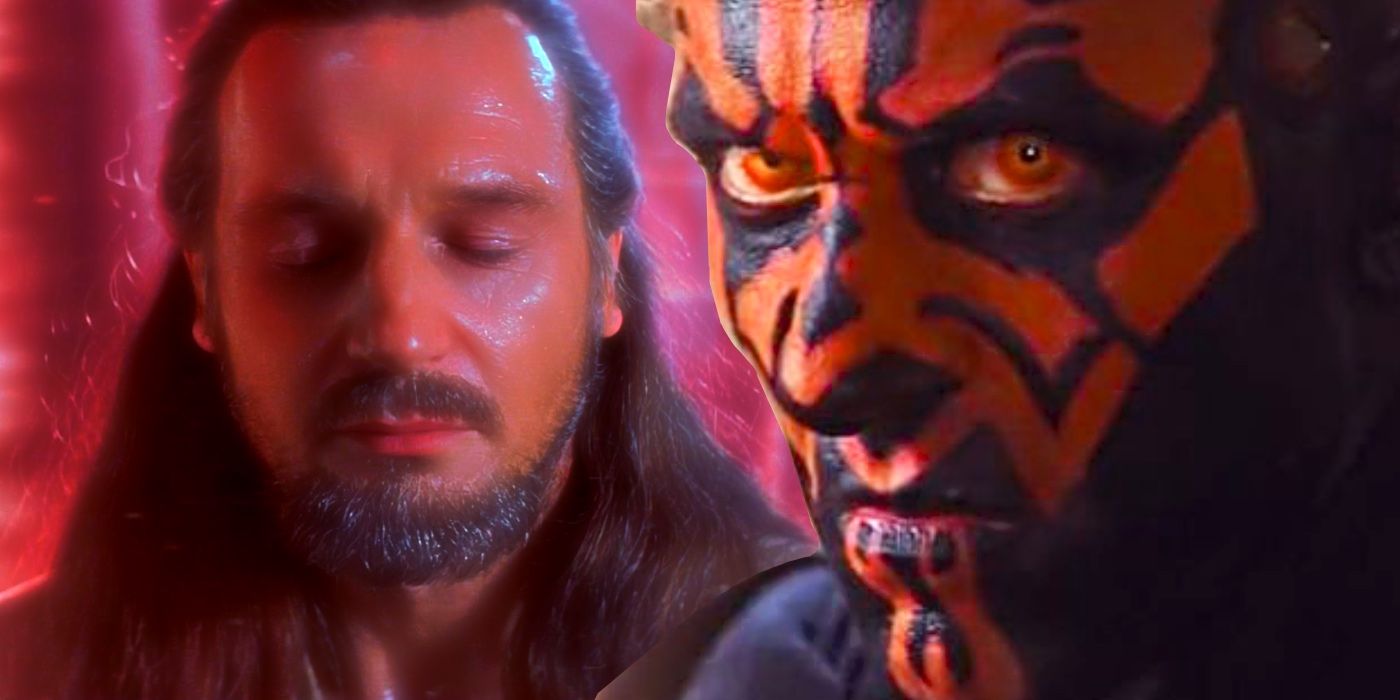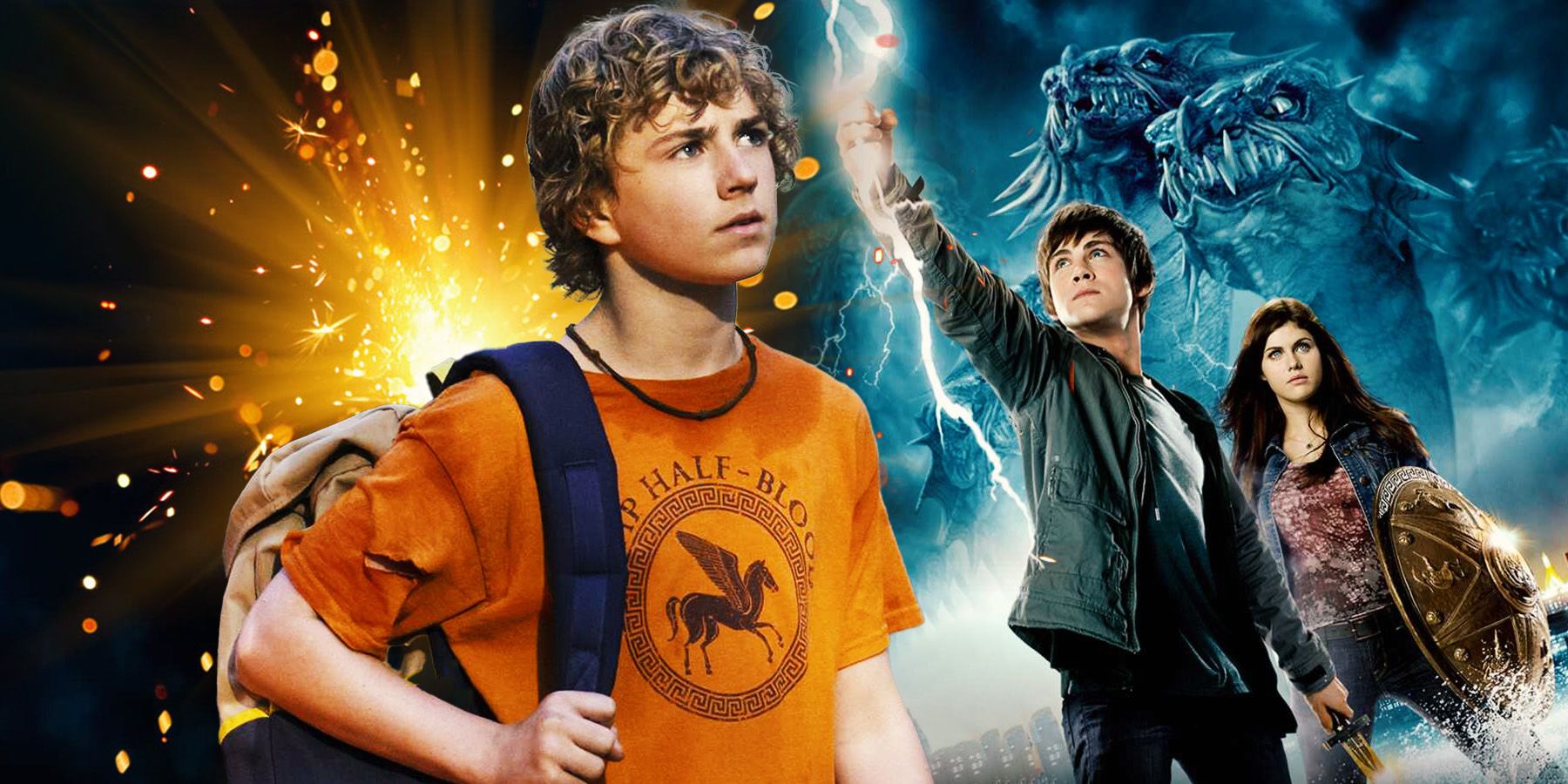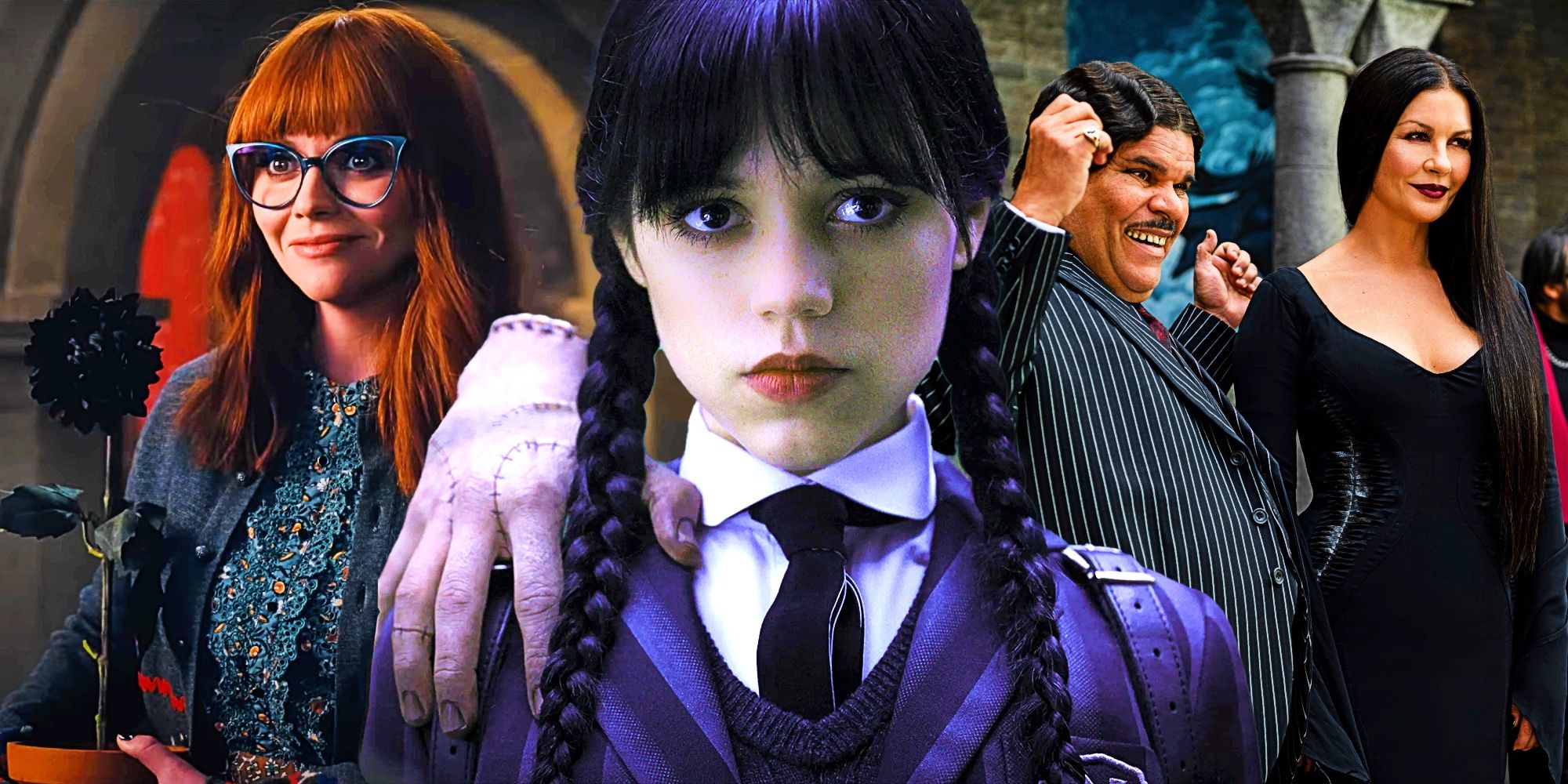Star Wars: Episode III – Revenge of the Sith’s success at the box office bucked a decades-old Star Wars trend – and with good reason. Star Wars has always been a big draw at the box office. Except for Solo: A Star Wars Story, which, admittedly, underperformed quite drastically, all other Star Wars movies have proven to be either relatively or wildly successful. And yet, as with any major, long-running franchise, most Star Wars sequels earned less than the movies that came before them, despite their positive reviews and narrative importance to the story.
For instance, The Empire Strikes Back, which is widely regarded as one of the greatest sequels of all time, made less than the first Star Wars movie, later retitled A New Hope. A New Hope earned $307 million at the box office during its original run in theaters (which, when adjusted for inflation, is nearly $1.6 billion). In comparison, The Empire Strikes Back originally earned $209 million (which would be $796 million today). It’s normal for sequels to make less than their predecessor – those who didn’t enjoy the first movie are unlikely to come back for the next, and yet, Revenge of the Sith didn’t suffer the same fate.
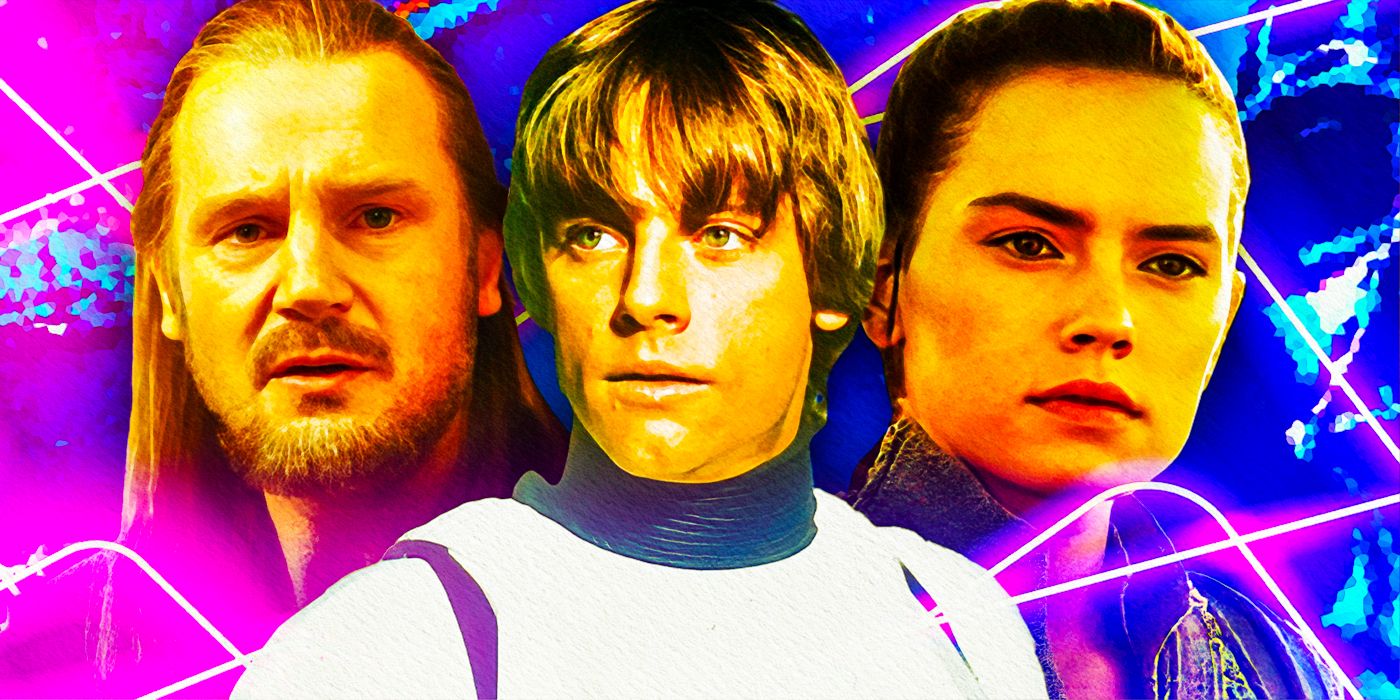
Related
Star Wars Movies In Order: How To Watch Release Order, Chronologically & With The TV Shows
What’s the best way to watch Star Wars? Here’s everything you need to know to watch in release or timeline order, and how to include the TV shows.
It’s Very Unusual For A Star Wars Sequel To Make More In The Box Office
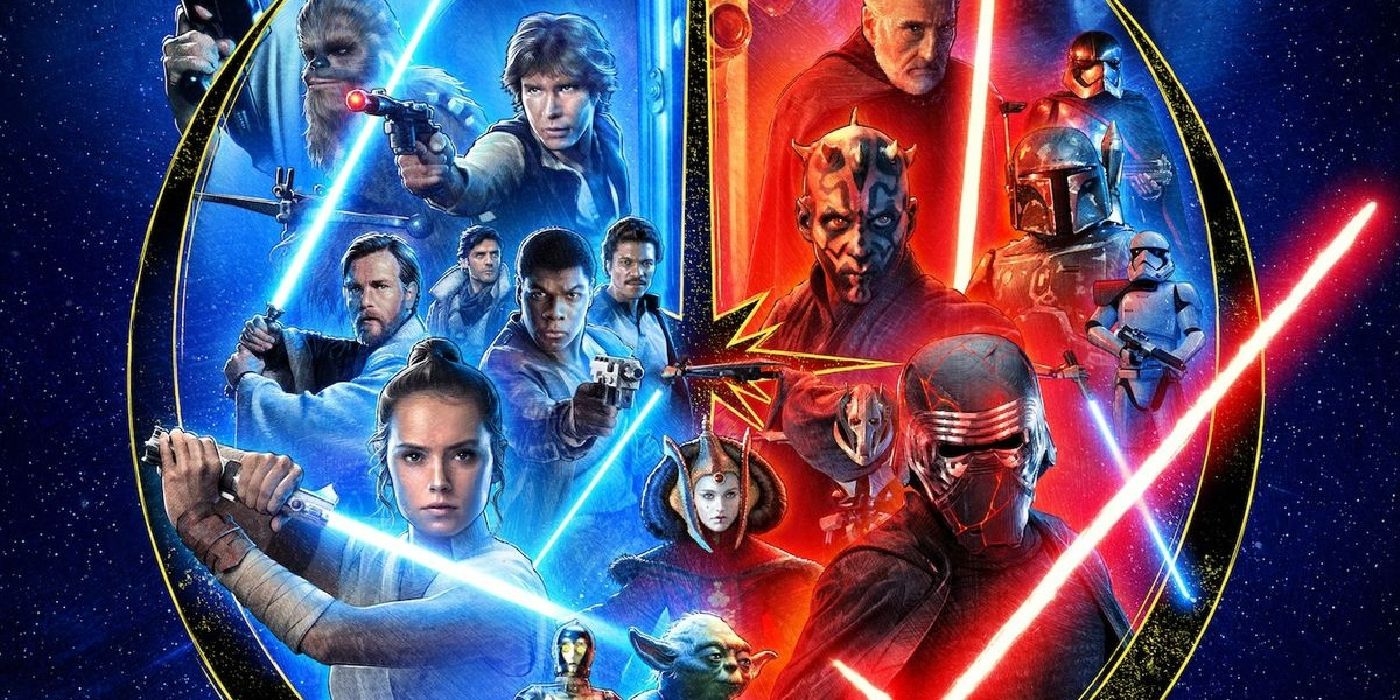
The Empire Strikes Back made less than A New Hope, Star Wars: Episode II – Attack of the Clones earned less than Star Wars: Episode I – The Phantom Menace, Star Wars: The Last Jedi made significantly less than Star Wars: The Force Awakens, and Star Wars: The Rise of Skywalker made less than The Last Jedi. Star Wars sequels have usually done worse than the movies that came directly before them. The only exceptions are Return of the Jedi and Revenge of the Sith, though Return of the Jedi’s increase over Empire was relatively minimal (This was $40 million more at the time. In today’s economic landscape, they would have earned roughly the same).
Revenge of the Sith, however, completely overwhelmed Attack of the Clones. While Attack of the Clones earned $645 million at the worldwide box office during its original run ($1.12 billion today), Revenge of the Sith earned $868 million at the global box office (nearly $1.4 billion today). That is a massive increase for a sequel, especially after The Phantom Menace and Attack of the Clones suffered from much undue criticism from reviewers and fans alike. The question is, why was Revenge of the Sith so much more successful as a sequel and trilogy capper than Return of the Jedi and The Rise of Skywalker?
Title | Year Of Release | Original Box Office Haul (Worldwide) | Adjusted For Inflation (2024) |
A New Hope | 1977 | $307,263,857 | $1,589,801,449.42 |
The Empire Strikes Back | 1980 | $209,398,025 | $796,800,144.94 |
Return of the Jedi | 1983 | $252,601,637 | $795,208,213.64 |
Star Wars: Episode I – The Phantom Menace | 1999 | $924,305,084 | $1,739,579,894.83 |
Star Wars: Episode II – Attack of the Clones | 2002 | $645,256,452 | $1,124,618,510.35 |
Star Wars: Episode III – Revenge of the Sith | 2005 | $868,352,530 | $1,394,112,642.48 |
Star Wars: The Force Awakens | 2015 | $2,068,223,624 | $2,736,037,418.66 |
Star Wars: The Last Jedi | 2017 | $1,332,539,889 | $1,704,533,359.64 |
Star Wars: The Rise of Skywalker | 2019 | $1,074,144,248 | $1,317,373,593.02 |
Why Revenge Of The Sith Was Such A Fantastic Success
The marketing for Revenge of the Sith knew exactly what this film was: the culmination of the entirety of the Skywalker saga. Without Anakin’s turn to the dark side, the original Star Wars trilogy’s story couldn’t have existed. With The Phantom Menace and Attack of the Clones, audiences had come to know who Anakin was before he became one of the most famous villains of all time. His fall was an epic tragedy, a turning point in popular culture and in Star Wars itself. It was a narrative event unlike any other.
The Phantom Menace had teased Anakin’s turn into Darth Vader with that iconic poster, which depicted Vader’s shadow behind a ten-year-old Anakin on Tatooine, and Attack of the Clones planted the first seeds of his fall by having him fall in love with Padmé and killing the Tusken Raiders to avenge his mother. Audiences needed to know what could push someone who had once been so innocent, kind, playful, and gentle to become one of the most terrifying figures in the entire galaxy. Revenge of the Sith promised answers and heartbreak. Star Wars’ entire legacy rested upon its shoulders, and the movie delivered exactly what it needed to.
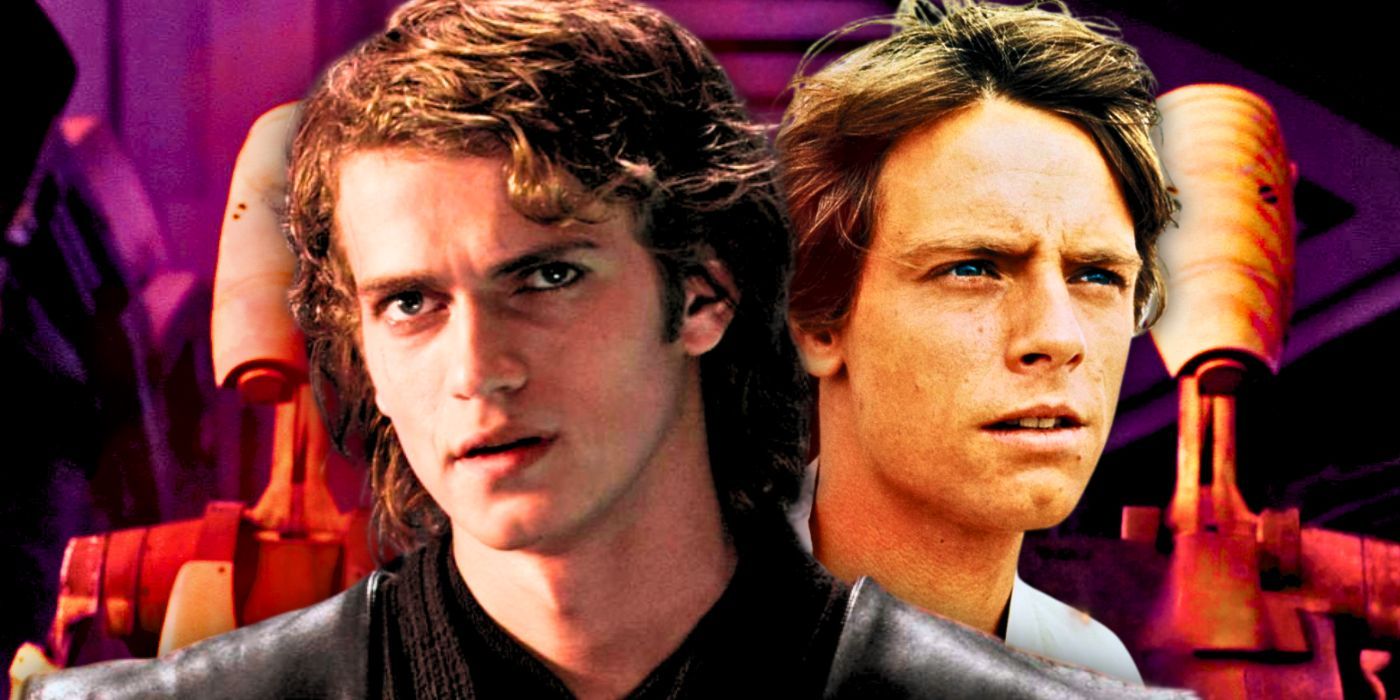
Related
Revenge Of The Sith Has Become More Important To Star Wars Than A New Hope
Over the years, Star Wars: Episode III – Revenge of the Sith has become one of Star Wars’ most important stories – even more so than A New Hope.
Star Wars Has Never Been Able To Match Revenge Of The Sith
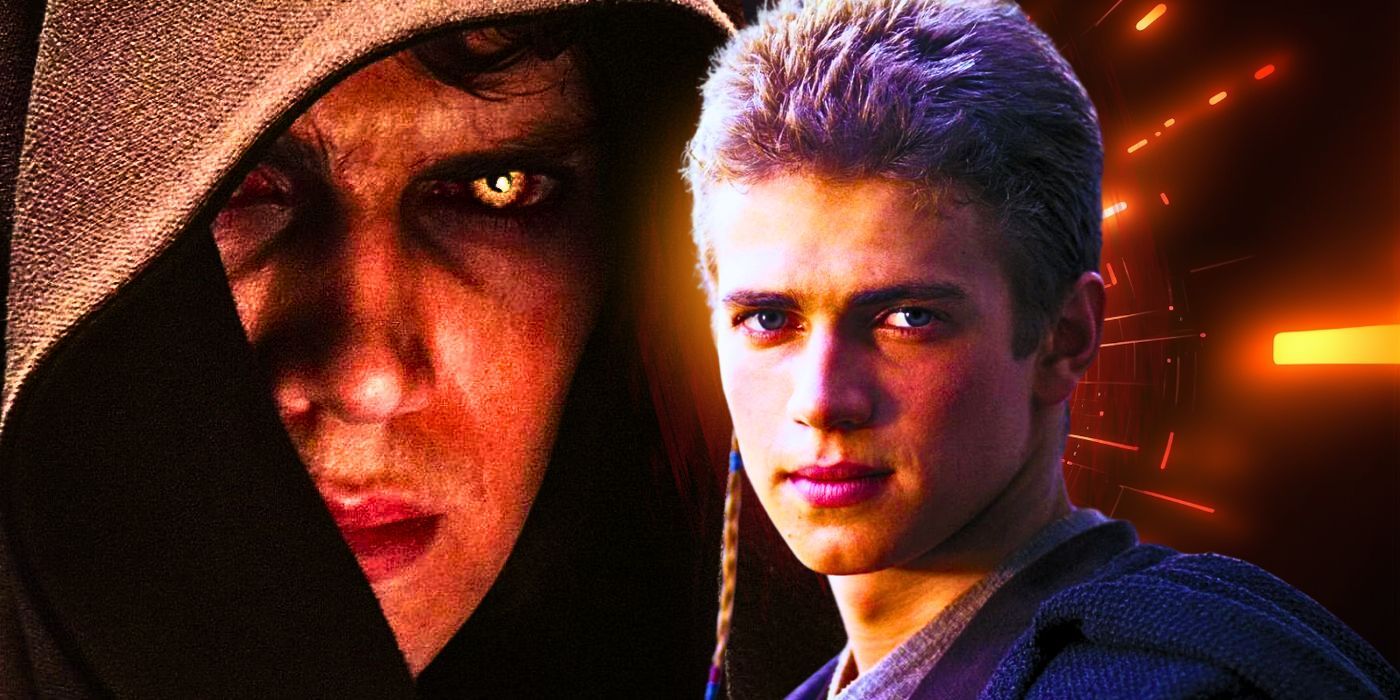
Star Wars has never been able to match the cultural impact of Revenge of the Sith again. The Star Wars sequel trilogy was, on the whole, a roaring financial success. Star Wars: The Force Awakens earned over $2 billion at the worldwide box office during its original run, and while The Last Jedi and The Rise of Skywalker were never able to meet that high bar, they still did incredibly well (though, when adjusted for inflation, Revenge of the Sith’s box office still edges out The Rise of Skywalker). Narratively, however, The Rise of Skywalker could never have the same impact as Revenge of the Sith.
What story truly could? Darth Vader is Star Wars. He’s more than just a character – he’s an icon, and his story is the heart and the tragic center of the Star Wars galaxy. Anakin Skywalker’s fall to the dark side was a cultural event, a perfect complement to Return of the Jedi’s story of redemption. It was the end of an era, the conclusion of an epic, globally loved story. Star Wars: Episode III – Revenge of the Sith’s importance to the Star Wars mythos cannot be overstated, and that is reflected in its impressive box office haul and enduring popularity.
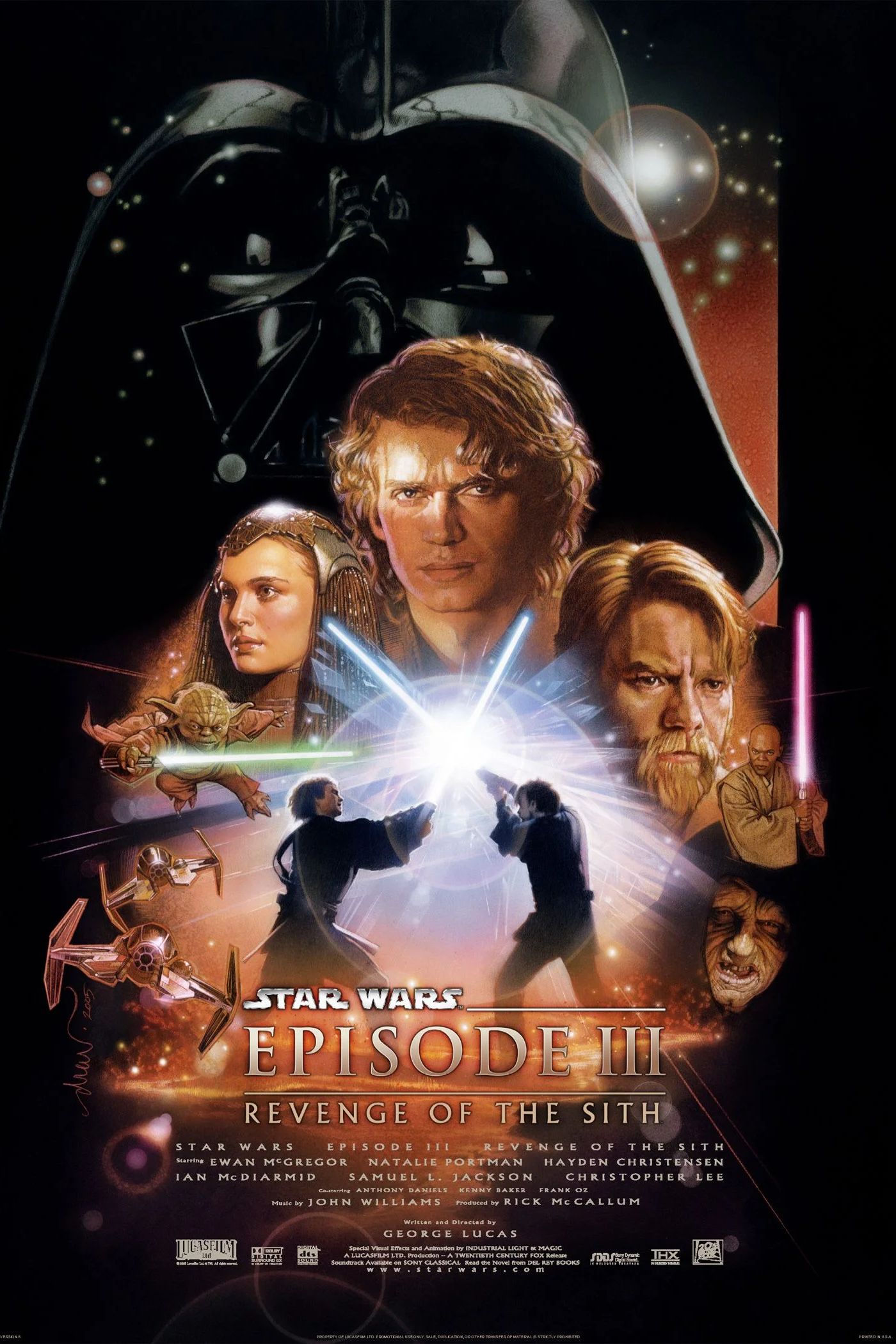
Star Wars: Episode III – Revenge of the Sith
Star Wars: Episode III – Revenge of the Sith is the sixth film in the Star Wars franchise and chronologically the third in the Skywalker Saga. Set three years after the events of Attack of the Clones, Anakin Skywalker is tasked with keeping an eye on Chancellor Palpatine while other Jedi battle across the galaxy. In the background, however, a mysterious Sith lord begins to make their move to destroy the Jedi once and for all.
- Director
-
George Lucas
- Release Date
-
May 19, 2005
- Studio(s)
-
Lucasfilm
- Distributor(s)
-
20th Century Fox
- Writers
-
George Lucas
, John Ostrander
, Jan Duursema - Cast
-
Ewan McGregor
, Natalie Portman
, Hayden Christensen
, Ian McDiarmid
, Samuel L. Jackson
, Christopher Lee
, Anthony Daniels
, Kenny Baker
, Frank Oz
, Ahmed Best
, Temuera Morrison - Runtime
-
140 Minutes
- Franchise(s)
-
Star Wars
- Sequel(s)
-
Solo: A Star Wars Story
, Rogue One: A Star Wars Story
, Star Wars: Episode IV – A New Hope
, Star Wars: Episode V – The Empire Strikes Back
, Star Wars: Episode VI – Return of the Jedi
, Star Wars: Episode VII – The Force Awakens
, Star Wars: Episode VIII – The Last Jedi
, Star Wars: Episode IX- The Rise of Skywalker - prequel(s)
-
Star Wars: Episode I – The Phantom Menace
, Star Wars: Episode II – Attack of the Clones - Budget
-
$113 Million
All Star Wars movies and shows are available to stream on Disney+.
